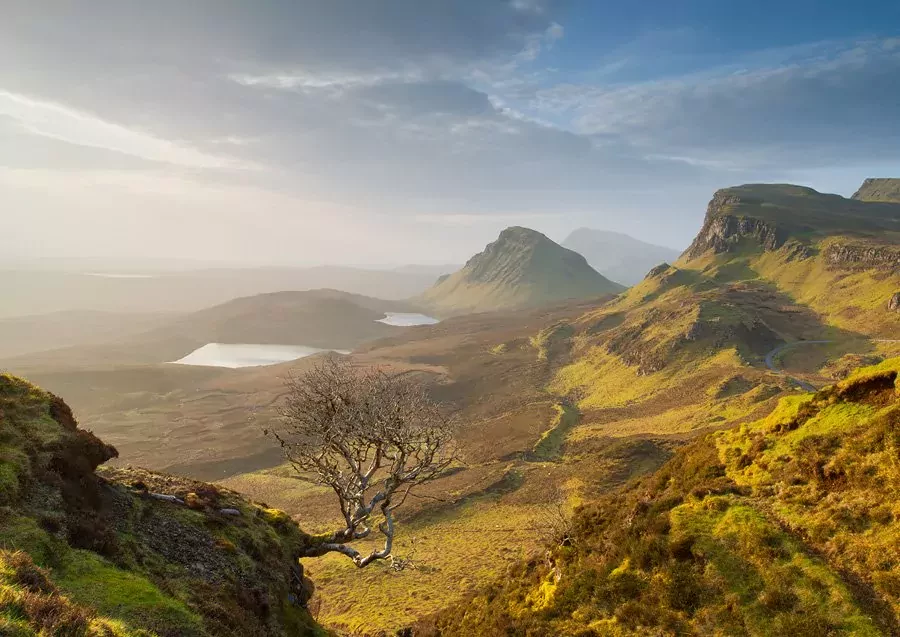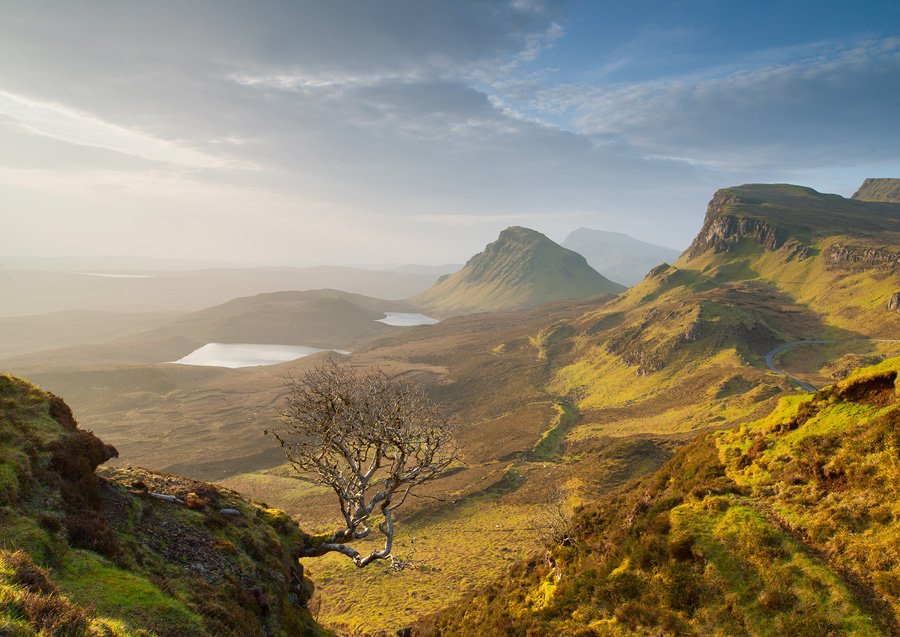How to Be a Photographer – Landscape Tutorial – Graduated Filters Part 1, Why Use Them?
If you want to learn how to be a photographer understanding the use of graduated neutral density filters will be of great help for in camera landscape technique. The first part of this tutorial will deal with the reasons why we need these filters in the first place. So let’s talk about light. Our camera’s react to light in a very different way to our eyes. It doesnt matter if you have a $3,000 d800 or a $200 compact, camera’s interpret light in a different, less sophisticated manner to our eyes. Making this distinction will greatly improve all aspects of your photography as it represents the first step towards pre-visualisation of outcome.
Graduated neutral density filters are used as a corrective measure to overcome your camera’s inability to see light like your eye. If you want to learn how to be a photographer that works in camera, these filters are a key part of creating balanced exposures. Specifically they are used to create balanced exposures between highlights and shadows. In most cases the highlight is your sky while your shadow is your foreground. Without the filters, recording dramatic lighting conditions in camera can often be a futile exercise. Photoshop can also be employed to tackle the problem below through exposure blending. While I have no ethical problem with this process (and employ it myself when necessary), there’s something much more enjoyable for me getting the shot as right as possible in camera.
Another Icon by Peter Gordon – Isle of Skye Scotland
2 Stop Hard Grad Used
When we take a photograph, either film or a digital sensor, is used to record what we the photographer point the camera at. However, our eye is far better equipped to perceive detail in both shadow and highlights, areas of bright light and areas of low light, than our film or digital sensor. The difference between an area of darkness and a bright area is called the dynamic range. Our eyes have a far greater dynamic range than our medium for recording what we see. This is especially true when using high contrast slide film.
As a landscape photographer it is very important to understand this reality as we are often faced with situations where the dynamic range between sky and foreground exceeds the abilities of our cameras. In practical terms, this manifests itself in situations where the brightness of the light in the sky is far greater than the light on our foreground. While our eye may be able to perceive detail in both, our camera cannot. Photographing such a situation without graduated neutral density filters will lead to a very unbalanced exposure with the sky typically blown out white.
This I’m sure is a problem that we have all experienced, or are still experiencing when making landscape photographs. This tutorial has been about understanding the problem. Check back in next week to see how we can deal with it..
If you’ve found this tutorial useful please feel free to leave a comment..









